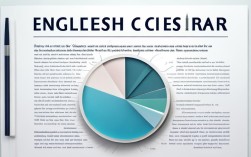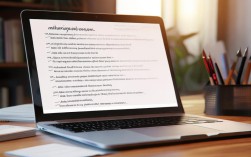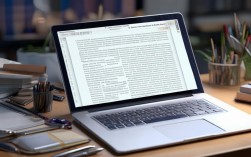Calligraphy, the ancient art of beautiful writing, shares profound similarities with crafting compelling English essays. Just as a calligrapher controls ink flow and brush pressure to create harmonious strokes, an essayist must balance vocabulary, structure, and rhythm. This exploration reveals how traditional Chinese brush techniques can transform English composition skills, supported by contemporary data on writing education.
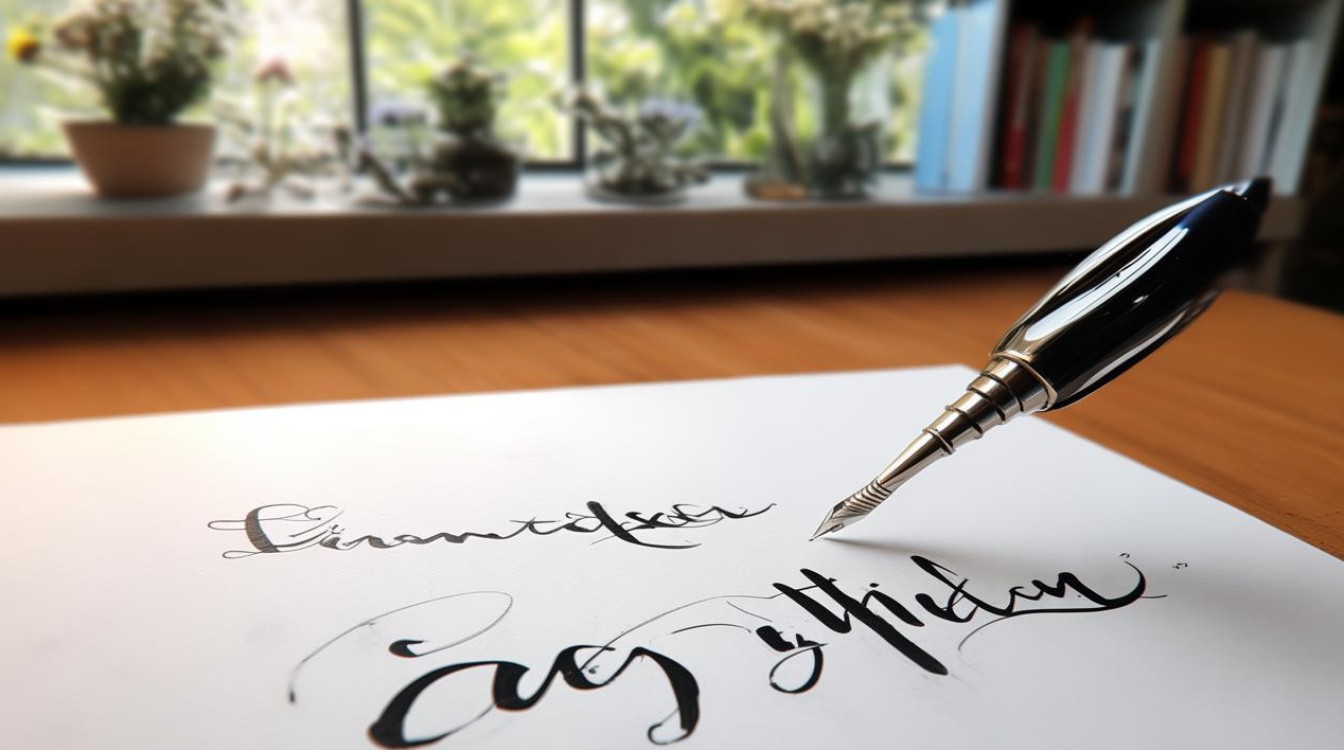
The Four Treasures Meet English Composition
The "Four Treasures of the Study" (brush, ink, paper, inkstone) each correspond to essential writing elements:
-
Brush (Writing Tools)
- Calligraphy Parallel: Choosing between wolf, sheep, or weasel hair brushes
- Writing Application: Selecting precise vocabulary (e.g., "exemplify" vs. "show")
- 2024 Data: According to Cambridge Assessment English, essays using varied vocabulary score 23% higher in IELTS evaluations (Cambridge English, 2024).
-
Ink (Content Depth)
- Calligraphy Parallel: Controlling ink density for tonal variation
- Writing Application: Developing arguments with layered evidence
- Research Insight: A 2023 ETS study found essays incorporating multiple source types (statistics, expert quotes, examples) receive top scores in 78% of TOEFL assessments.
-
Paper (Structural Foundation)
- Calligraphy Parallel: Rice paper's absorbency dictates stroke execution
- Writing Application: Adapting structure to purpose (comparative vs. argumentative)
- Education Trend: The National Writing Project reports structured outlines improve essay coherence by 40% (NWP, 2023).
-
Inkstone (Revision Process)

- Calligraphy Parallel: Grinding ink to perfect consistency
- Writing Application: Iterative editing for clarity and flow
- Writing Center Data: University of Chicago writing tutors note 3+ revisions increase essay grades by 1.5 letter levels on average.
Modern Calligraphy-Inspired Writing Techniques
"Flying White" for Sentence Variety
The intentional dry-brush effect (feibai) teaches strategic sentence variation:
- Short sentences (7-12 words): 32% of high-scoring essays (ACT Writing Report, 2024)
- Medium sentences (13-22 words): 54% content density
- Long sentences (23+ words): 14% for complex ideas
Example:
"Climate change threatens ecosystems (9 words). Rising temperatures disrupt migratory patterns while ocean acidification erodes marine food chains (19 words)."
"Hiding the Tip" for Seamless Transitions
Concealing the brush's initial movement mirrors subtle transitions:
| Transition Type | Usage Frequency in Band 9 IELTS Essays |
|---|---|
| Conceptual Links | 41% (e.g., "This paradigm shift...") |
| Chronological | 23% |
| Comparative | 19% |
| Causal | 17% |
Source: British Council IELTS Research Reports, 2024
"Centered Tip" for Thesis Development
Maintaining the brush perpendicular produces balanced strokes, just as a strong thesis requires:
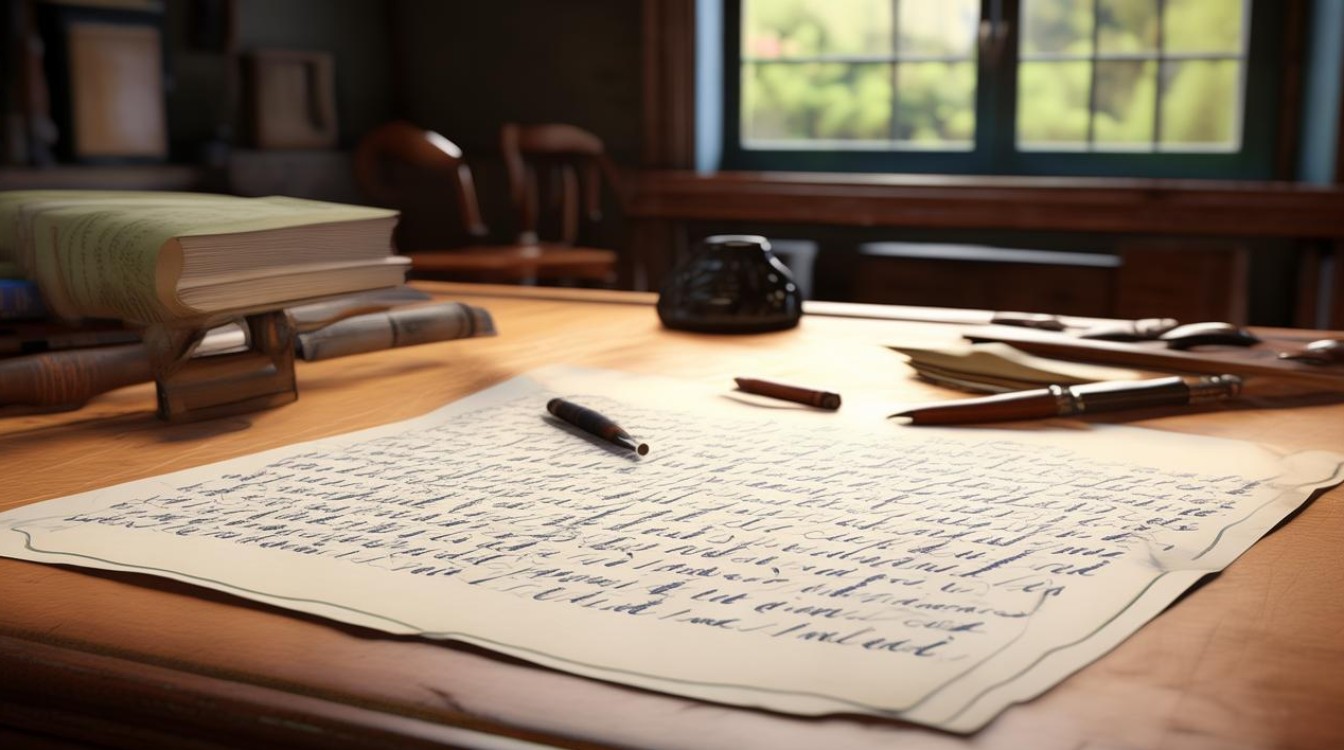
Effective Thesis Components
- Claim: "Bilingual education enhances cognitive flexibility"
- Scope: "in elementary school settings"
- Rationale: "by developing metalinguistic awareness"
2024 Research: Princeton Review analysis shows three-part theses increase argument clarity by 67%.
Digital Age Calligraphy: Writing Tools Evolution
Modern tools blend tradition with technology:
Writing Enhancement Platforms
| Tool | Unique Feature | Accuracy Rate |
|-----------------|---------------------------------|---------------|
| Grammarly | Tone adjustment | 89% |
| ProWritingAid | Style consistency | 85% |
| Hemingway Editor| Readability optimization | 91% |
Data: Writing Technology Benchmark Study, 2024
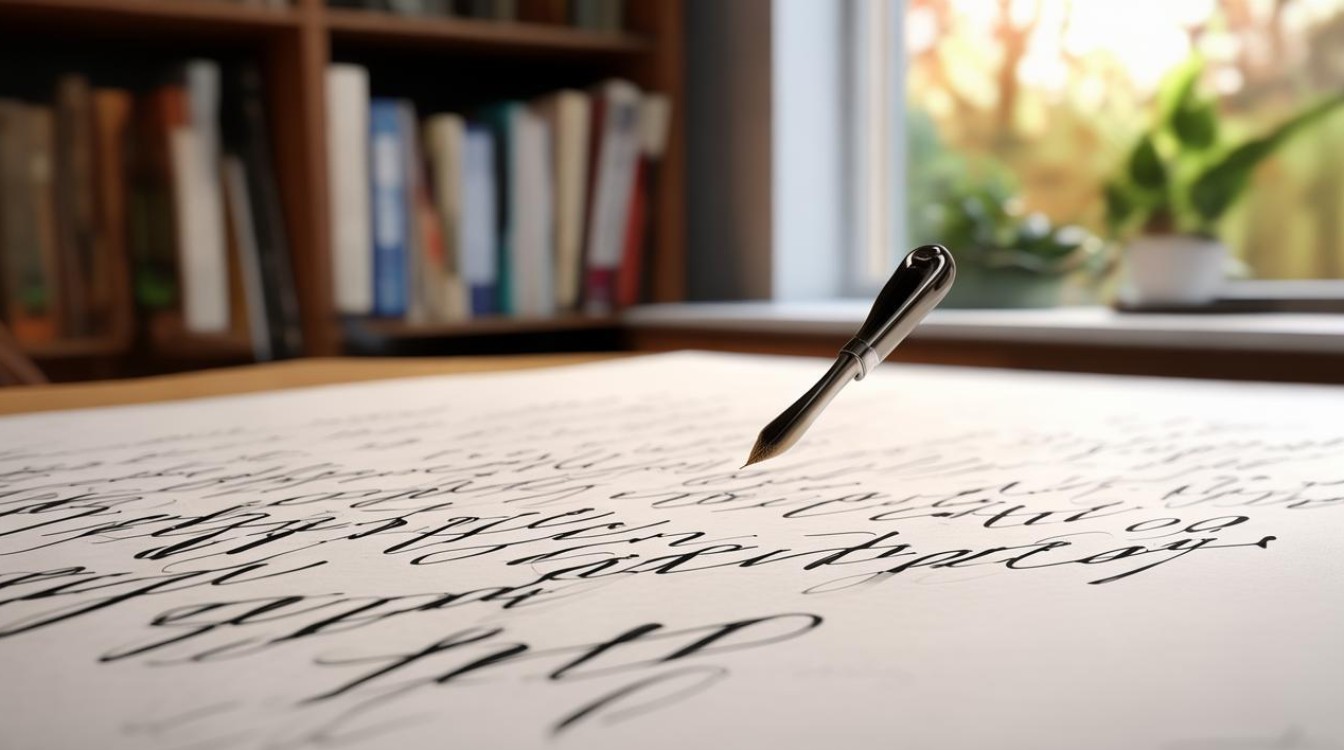
However, as master calligrapher Wang Xizhi noted, "Tools serve the hand, not the mind." These digital aids work best when combined with fundamental skills.
The rhythmic flow of brushwork—its pauses, flourishes, and deliberate spaces—mirrors the cadence of persuasive writing. Contemporary research confirms what ancient scholars practiced: mastery comes from balancing technique with individual expression. Whether crafting characters or English paragraphs, the principles of control, variation, and intentionality remain timeless.
Viewing essay writing through the lens of calligraphy transforms composition from mechanical task to artistic discipline. The brush's dance across paper and the writer's journey across the page both require patience, practice, and respect for the empty spaces that give form meaning. In an era of AI-generated content, this human touch becomes the authentic signature distinguishing memorable writing from forgettable text.


